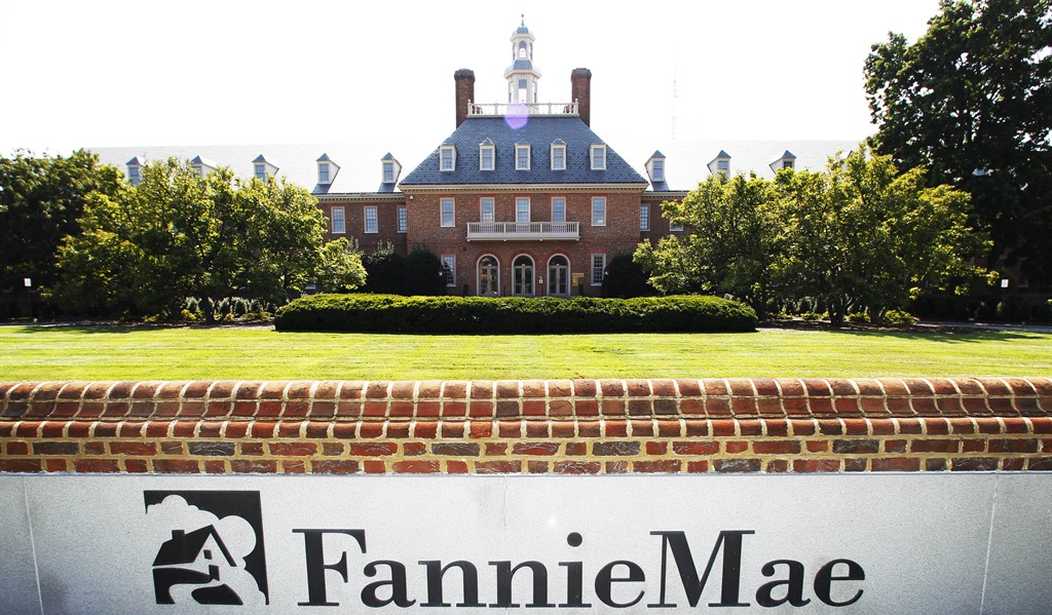Fannie Mae, the federally sanctioned mortgage giant, has just announced a new program that shows that they learned absolutely nothing from the last real estate meltdown. This new program, called “HomeReady” in a fit of hopeful and wishful thinking, reduces loan underwriting standards.
It’s designed to allow “underserved” individuals the opportunity to buy a home – focused primarily on low-income and minority borrowers. Other than the last group of under qualified borrower-friendly loans and regulations from the mid-2000s, it’s the stupidest real estate loan idea that I’ve ever seen.
The new loan “features” reduced credit score requirements and allows borrowed funds for a down payment. Most significantly, it allows using the income from non-qualified residents of the home for debt ratio calculations – their income is included but they won’t be legally obligated by the terms of the loan nor will their creditworthiness be evaluated.
The whole point of the loan is to increase opportunities to buy a home. The underlying purpose, as you can guess, is to allow elected officials to celebrate increased homeownership numbers and self-refer to their sense of fairness and caring.
What’s actually going on is that Fannie Mae is using the backing of the Federal government – i.e., the taxpayer - to get banks to makes loans to people that they would turn down in any other circumstance.
Having been in the mortgage business for most of the 1990s, this is a topic that is near and dear to my heart. Being a taxpayer since the early 1990s, it is also a topic that is near and dear to my brain, as well. I watched, from a front row seat, as the community loan programs under Bill Clinton expanded the population of potential borrowers, all under the guise of increasing homeownership. It increased and then exploded under George W. Bush.
Recommended
Mortgage lenders were given both carrot and stick incentives to make more loans. The carrots were in the profits guaranteed by selling the loans in the secondary market to investors worldwide, backed by Fannie Mae. Shareholders and anyone else involved couldn’t ignore the mountains of money to be made.
The sticks were in the threatened lawsuits and increased regulatory scrutiny should the preferred “underserved” loans not be funded with regularity. Disparate impact analysis, evaluating turndown percentages by race without regard to creditworthiness, could result in charges of racist underwriting practices. A lack of mortgages written in minority or low-income areas would have the same result.
The one thing that was NOT considered? Whether or not the borrowers would or could actually repay the loan. Fannie Mae wanted these loans made and provided a guaranty to the lender: as long as the loan was properly underwritten to their standards, they’d guaranty against the loss. In other words, banks were funding loans that were secured by other people’s money, strongly encouraged by those that bore no consequence for the absurdity of the plan.
I distinctly remember a conversation between a senior executive and an underwriter at the mortgage bank for which I worked:
“These loans are insane. The default rate is going to be through the roof!”
“Doesn’t matter. The guidelines are the guidelines and we’re going to make a fortune.”
If you were conscious and sentient in the mid to late 2000s, you know the answer to this question, but go ahead and consider it anyway:
What happened to the real estate market when a huge number of borrowers, who had competed with one another to drive up housing prices to record levels, stopped making payments on loans they never should have received?
Exactly. The bottom fell out.
Understanding what Fannie Mae is doing with this new loan program, lets see if we can let the past inform an answer to a question about the future:
What will happen to the real estate market when a huge number of borrowers, who will be competing with one another and driving up housing prices, stop making payments on loans they never should have received?
Exactly. The bottom will fall out.
Within seconds, of course, Fannie Mae will make good on their loan guarantees – with our money – and the scam will be complete. Within a few seconds after that, predictably, politicians will decry lenders’ abuses and call for further regulatory oversight. And then after a few years the cycle will repeat itself yet again.
How about a consideration of this crazy notion: Let banks loan their own capital at terms that the market will sort out and let them be utterly responsible for the risks. If they’ve risked wisely, then good for them and their net profits. If they’ve risked unwisely, then that’s what bankruptcy courts are for. Let’s keep the government and the taxpayer out of it.






















Join the conversation as a VIP Member